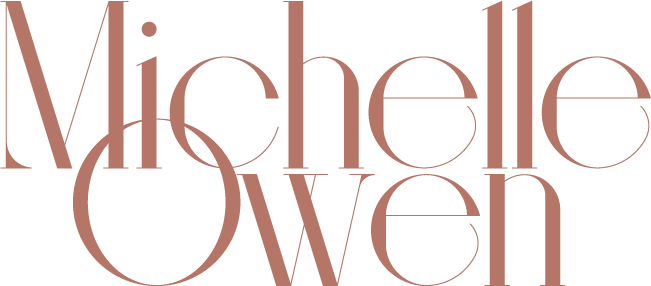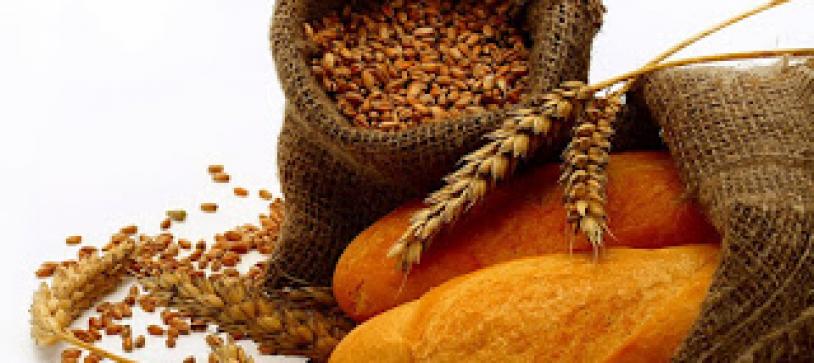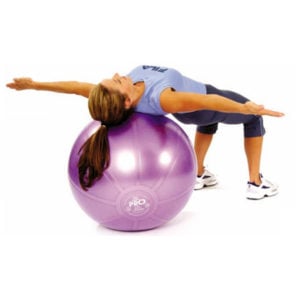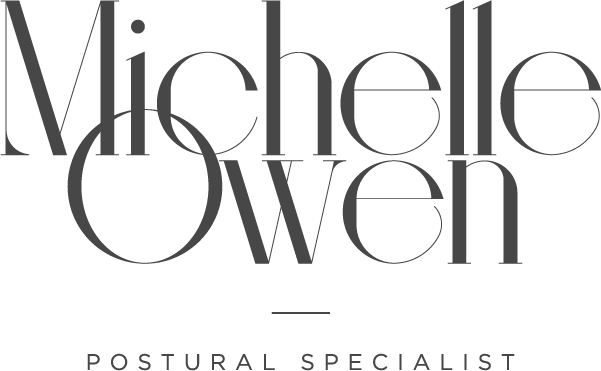The world’s most popular grain is also the world’s most destructive dietary ingredient. When it comes to wheat it doesn’t matter if it is disguised as a white French stick, pasta, muffin, pancake or a piece of organic whole grain bread – wheat is wheat no matter what form it comes in or what we have been taught in the past. Wheat that we eat these days is very different than what our grandmas used to eat. It’s a plant that has been created by genetic research in the 1960’s and 1970’s that has a new protein called gliadin. Everybody is susceptible to the gliadin protein, which is an opiate and in most people stimulates appetite making them consume 400+ calories per day, 365 days a year – that’s a lot of weight. There are many diseases that result from wheat consumption; celiac disease is the devastating intestinal disease, which develops from exposure to wheat. Alongside celiac disease is an assortment of neurological disorders, Crones disease, diabetes, arthritis, heart disease, skin rashes, schizophrenia and irritable bowel. More subtle symptoms are bloating, excess mucus, brain fog, diarrhoea, constipation, weight gain, muscle ache and joint pain, leg swelling, acid reflux and depression.  Case studies If wheat can cause so many problems, will removing it from the diet cause amazing benefits? William Davis, cardiologist and author of the book Wheat Belly, says he has seen protuberant flopped over the belt belly fat vanish when his patients have eliminated wheat. One of the amazing things he writes about is a 38-year-old woman with ulcerative colitis who was facing colon removal but was cured by eliminating wheat – with her colon intact. Another is 26-year-old man, who was barely able to walk because of joint pain. He experienced complete relief and not only walked but ran after taking wheat off the menu. These events may sound extraordinary but there is ample scientific research to implicate wheat as the root cause of these conditions. Diet benefits So the advice over the years to eat more healthy whole grains has not done everyone any good at all. There is not an organ in our body that isn’t affected by wheat, although the waistline is the most visible way we see it. According to Dr Jeffery Bland in The Rejuvenation Diet, mildly to moderately ill patients – “the walking wounded” – can improve their health substantially in just 20 days by eliminating wheat gluten and dairy, and adding phyto-nutrient rich foods. These are derived from plant material that has been shown to be necessary for sustaining human life. If you have any signs or symptoms that are unexplained or you just want to improve your health, weight or function, I challenge you to cut wheat totally from your diet for 20 days and see how you feel. I am sure you will notice many benefits. There is no such thing as a wheat deficiency: The side affects of being wheat free are slim, energetic, more energy, toned, clearer thinking, etc. 7 tips to eating wheat-free
Case studies If wheat can cause so many problems, will removing it from the diet cause amazing benefits? William Davis, cardiologist and author of the book Wheat Belly, says he has seen protuberant flopped over the belt belly fat vanish when his patients have eliminated wheat. One of the amazing things he writes about is a 38-year-old woman with ulcerative colitis who was facing colon removal but was cured by eliminating wheat – with her colon intact. Another is 26-year-old man, who was barely able to walk because of joint pain. He experienced complete relief and not only walked but ran after taking wheat off the menu. These events may sound extraordinary but there is ample scientific research to implicate wheat as the root cause of these conditions. Diet benefits So the advice over the years to eat more healthy whole grains has not done everyone any good at all. There is not an organ in our body that isn’t affected by wheat, although the waistline is the most visible way we see it. According to Dr Jeffery Bland in The Rejuvenation Diet, mildly to moderately ill patients – “the walking wounded” – can improve their health substantially in just 20 days by eliminating wheat gluten and dairy, and adding phyto-nutrient rich foods. These are derived from plant material that has been shown to be necessary for sustaining human life. If you have any signs or symptoms that are unexplained or you just want to improve your health, weight or function, I challenge you to cut wheat totally from your diet for 20 days and see how you feel. I am sure you will notice many benefits. There is no such thing as a wheat deficiency: The side affects of being wheat free are slim, energetic, more energy, toned, clearer thinking, etc. 7 tips to eating wheat-free
- Back to basics vegetables are one of the best foods on the planet – they are rich in nutrients such as flavonoids and fibre.
- Extend your vegetable variety beyond your normal habits: steamed asparagus, kumara chips (baked), Greek salads, healthy coleslaws, steamed spinach, avocados and olives.
- Carrots or celery dipped in hummus and tapenades, eggplant sliced and baked with olive oil, Caprese salad with sliced tomato, mozzarella, fresh basil and olive oil.
- Mix meaty mushrooms with good quality meat, fish, and eggs.
- Roll food in large lettuce leafs instead of wraps.
- Replacing wheat with gluten free can be okay for someone who is wheat intolerant to have a treat. But it is better to clean up and get rid of all of these processed foods. Gluten free does not necessarily mean healthy.
- Stay away from food in packets.






0 Comments